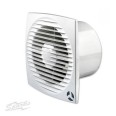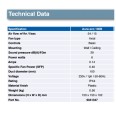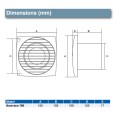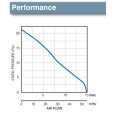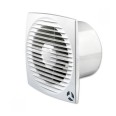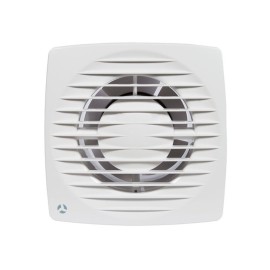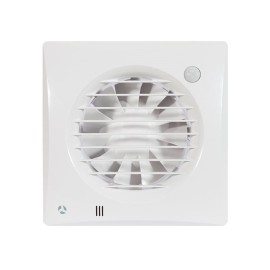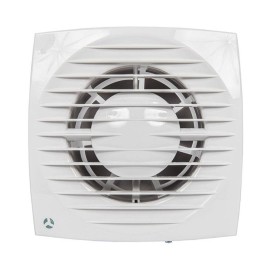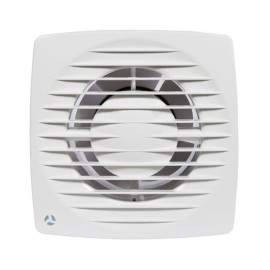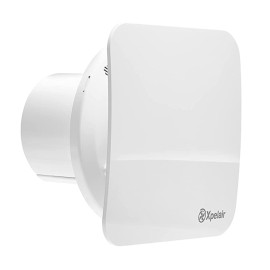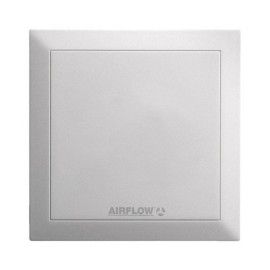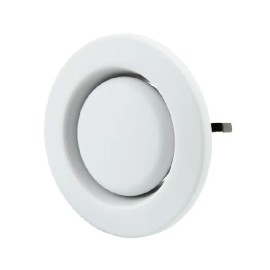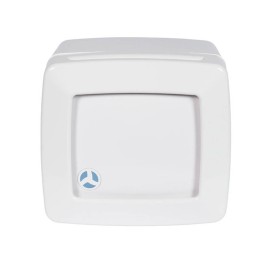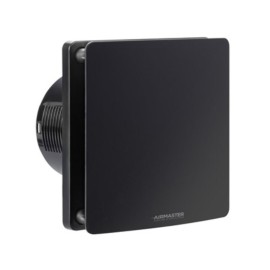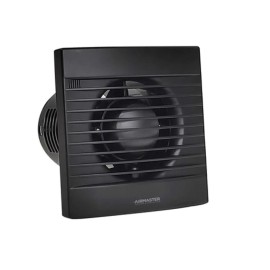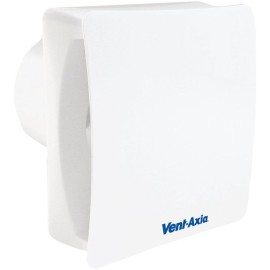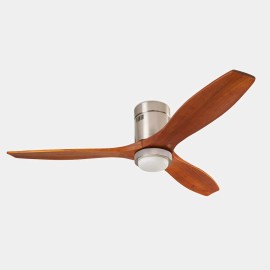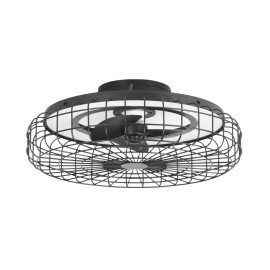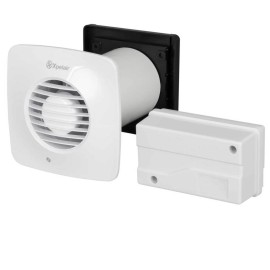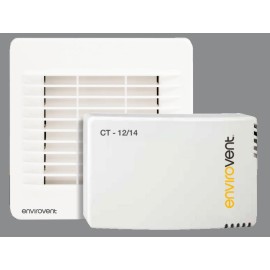
Tips for Improving your Indoor Air Quality and Reducing Pollution at Home
On the 21st of June this year there was the annual Clean Air Day, and the people at Global Action Plan have launched a new campaign to raise awareness of the problem of indoor air pollution inside UK homes. Whether we sense this or not, there's a "cocktail of toxic air pollution" inside our homes unless there is proper ventilation, and we all are encouraged to take steps to improve the air we breathe indoors. It really helps to open the windows and leave them open regularly to eliminate some of the pollution and condensation, but at the same time there has to be proper ventilation inside the homes. The quality of the indoor air can be very low when there are gas stoves, wood burners, nail varnish being used, deodorant being sprayed, candles being burned, cleaning products used around the house, and soft furnishings. Since we spend quite a lot of time indoor, it is good to make sure the quality of the air is good, and for this ventilation is a must! Indoor Air Pollution and its Impact on our HealthThe research conducted in advance of Clean Air Day has found some astounding and shocking results, and the impact of air pollution on our health is worrying. Furthermore, based on the study of the RCPCH (Royal College of Pediatrics and Child Health) and RCP (Royal College of Physicians) on the potentially harmful impact of indoor air pollution, there are some findings that we also list below. Less than 40% of adults are aware of the effects of indoor air pollution on their health; most UK adults are familiar with the effects of the outdoor air pollution, but not so many know of the indoor air pollution. 60% of people are not aware of the actions they can take to reduce indoor air pollution. Improving the ambiance of our homes includes such things as burning candles and using air fresheners, which are a source of air pollution. 15% of the surveyed people identified smelly food as the key source of indoor air pollution. Many do not realize the effects of hairspray and fake tans on our health due to the air pollution. Indoor air pollution is affecting our lives, our pets, our family, our children, our health, and our well-being. Children spend 80% of their time indoors and, with the increasing desire to "conserve heat" with the "sealing of homes", pollution exposure indoors is becoming a major issue for children's health and development. More than two million healthy life years are being lost across the EU annually, and there are over 9000 deaths a year due to indoor air pollution. In England, the proportion of households living in a dwelling with damp is three times higher for those in the lowest income group, compared with those in the highest income group. The impact of indoor air pollution on our health is not as well researched and documented as the impact of the outdoor air pollution on our health. Because many people spend 90% of their time indoors - many times in poorly ventilated homes - they are exposed to a wide range of air pollutants such as formaldehyde and a cocktail of volatile organic compounds (as per Prof. Stephen Holgate, Medical Research Council, Professor at the University of Southampton, see reference link below). The poor air quality in the homes all across the UK can also cause or amplify illnesses and conditions such asthma, thus having a negative impact on our quality of life. Tips for Improving your Indoor Air Quality As this is an ongoing issue with much research and study being done in the UK and around the world, the tips and steps to improve indoor air quality are small and seemingly insignificant, but once they are implemented, our air quality indoor is improved and our quality of life is elevated. Here are some tips for reducing air pollution indoors: Open your windows when you are cooking or when you are using cleaning products. This helps ventilate the house and avoid air pollution in the home, and it also helps avoid the build-up of air polluting moulds too. Service your boiler regularly, for the CO (Carbon Monoxide) emanated from faulty boilers and heaters can be fatal. Consider how you clean your home. Keep the dust levels low, use naturally scented and even fragrance-free products, and avoid aerosols. When burning fuels or wood on the barbecue or stove, burn smokeless fuels or dry, well-seasoned wood, for the pollution from burning fuels damages the air in your home and to those who live nearby. Reduce the consumption of energy to reduce air pollution! Gas and electricity are big contributors to air pollution, for gas creates fumes and electricity has the same result. It is best to do things to conserve energy (switch off the lights, fill the kettle only with the amount of water needed, run the dishwasher or washing machine only when it's full, etc) and thus reduce electricity and gas bills, while at the same time reducing indoor air pollution. Choose renewable energy-saving tariffs for your home supply, even if this means switching energy suppliers, so that you may reduce the pollution produced by power stations. Recycle compostable and save the wood-burning for rough winters. Instead of burning your garden waste, why not compost it and turn it into food for the plants. Instead of burning wood in the stove, use it only when the winter is tough, to reduce air pollution. Ventilate, ventilate, ventilate! Make sure you have a bathroom ventilation fan, a kitchen fan, and even a whole house ventilation system, so that the air in the home may circulate, the vapors may be removed, the pollutants may be eliminated, and the air quality may be improved. Eat properly and exercise properly. Our health is not determined merely by the quality of air indoors but especially by the food we eat, the amount of exercise we do, the sleep we have, and many other items. As much as it depends on us, it is good to eat a healthy diet and have adequate physical exercise to improve our quality of life, and be aware of the indoor air quality to improve it. On our website we offer a wide range of Envirovent, Airflow, and Manrose kitchen fans, bathroom ventilation fans, whole house ventilation systems, and heat saving systems. Here are some further references to this article, where you can find out more on how to reduce pollution at home and improve air quality in the home: Improve your indoor air quality with Airflow Clean Air raises awareness of indoor air pollution (via Envirovent) There's a cocktail of toxic air pollutants inside the homes (via CleanAirDay) A major study was done to look at indoor air pollution (via, Air Quality News) Asthma Deaths Rise 25% amid growing air pollution crisis (via the Guardian) Protect children from toxic fumes with ‘keep clear’ signs at our bus stops, says father (via, Evening Standard)





